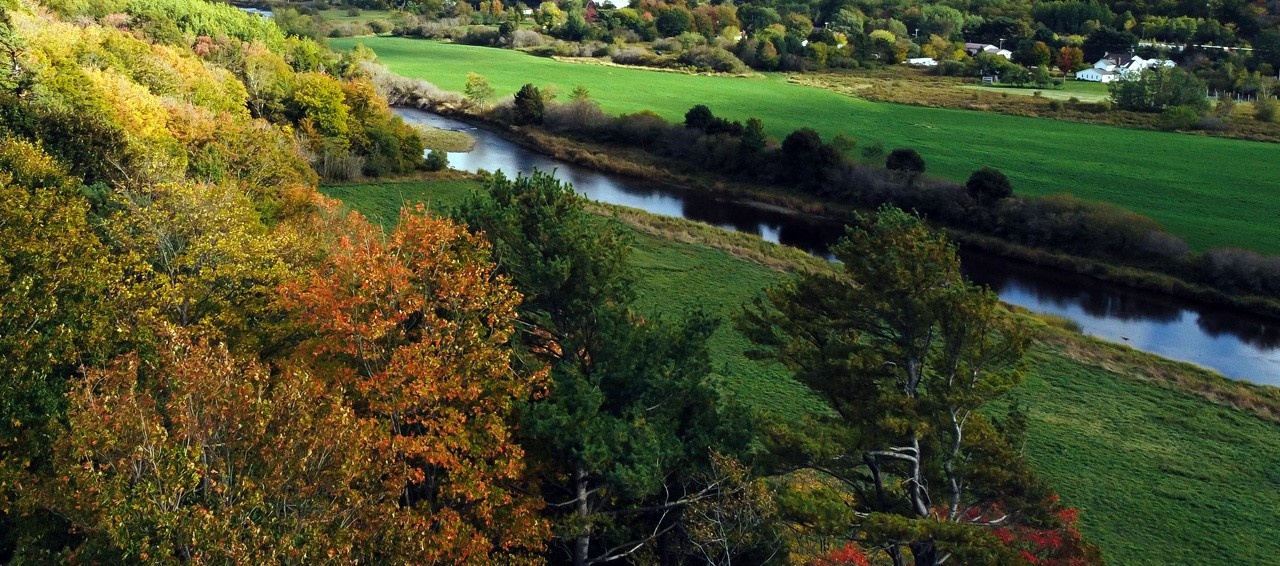News
» Go to news mainOut of the Ashes – Cox Institute 2.0
Nearly three years to the day, June 20th, 2018 a significant fire destroyed East Cox on the Dalhousie Agricultural campus. The renewed facility was officially turned back to the University on Thursday, June 17th, 2021.
“This day has been a long time coming but is nonetheless exciting,” said Dean David Gray. “Our community, our university and our campus has rallied around the Faculty of Agriculture over the past three years and has helped to bring us here today. This was a group effort and the patience, hard work and resiliency of all involved has been truly remarkable. I’m excited for the future.”
No one could have dreamed that on top of re-building one of the campus’ main academic buildings that faculty and staff would also be dealing with a global pandemic – further delaying materials and the original timeline.
“The clean up following the fire, the complete interior demo, re-design and construction has been three years in the making and the result is remarkable,” explained Stephanie MacKenzie, AC Facilities Planner. “The re-opening of Cox Institute for in-person teaching this September is the good news we all need during these times.”
The scope of work was significant, not only due to water and fire damage, but to also bring the building, constructed in the early 60s, up to current building and fire codes.
Stairwells were moved, layouts re-configured and a multitude of equipment replaced and upgraded including:
- Over 1,300 light fixtures.
- Over 11,000 ft (3.3 km) of ductwork.
- Over 38,000 ft (11.6 km) of piping
- 120 rolls of flooring
- 450 Various Chairs
- 270 Fixed Seating/Tables
- 50 Private Offices
- 150 Various Tables
- 27 Dual Station Monitor Rising Tables
- 6 Workstations
- Over 135,000 person hours worked, up to 104 trades on site at once and 40 different trade companies/suppliers/firms were part of this significant project.
A landscape plan has also been developed with the bulk of the work taking place over the summer months.
Recent News
- Web Content Specialist ‑ Matt Goodman
- Two Programs, One big change
- Agricultural Campus Bookstore Summer Closure
- Undergraduate Advising Survey Invitation
- Communications Office Assistant
- Lifting Nova Scotia Workshop
- MacEachen Institute researchers to study impact of agricultural incentives on climate, health
- Submissions to TV screens
